Cerro del Hierro An iron mountain in the 'Siberia of Andalucia' in San Nicholas del Puerto Municipality in Seville Province, Andalucia, Spain
By Nick Nutter | Updated 22 Sep 2022 | Seville | Places To Go |
Login to add to YOUR Favourites or Read Later
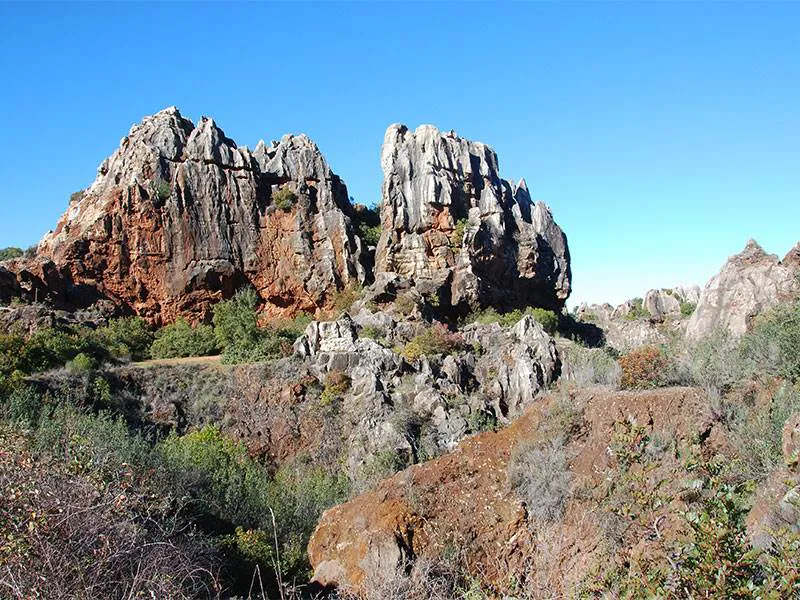

Stretching for 450 kilometres from east to west, the Sierra Morena is one of the major mountain regions in the Iberian Peninsula. It forms the southern boundary of the Meseta Central, the high plateau that forms the central part of Spain. From the north the peaks look insignificant, being little higher than the plateau itself, but from the Guadalquivir river valley to the south the Sierra Morena is as imposing as any you will find in Andalucia.
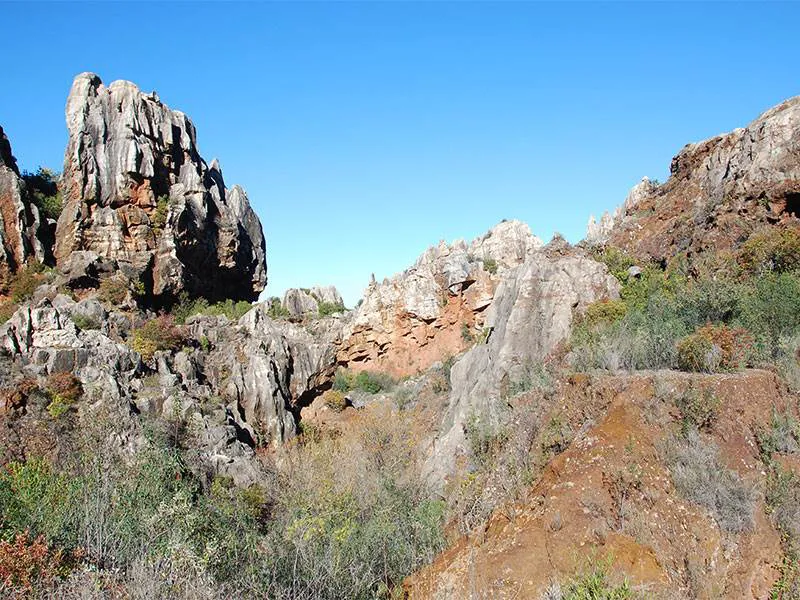
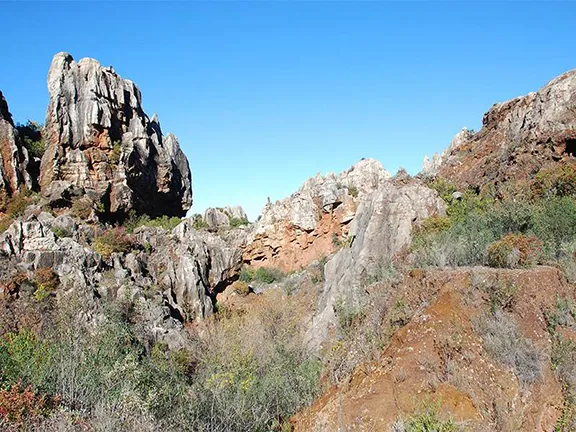
The whole range, from Portugal in the west, through Huelva province, the northern part of Seville province and into Cordoba is rich in minerals including lead, silver, mercury, copper and iron. It is the latter that has been exploited at Cerro del Hierro.
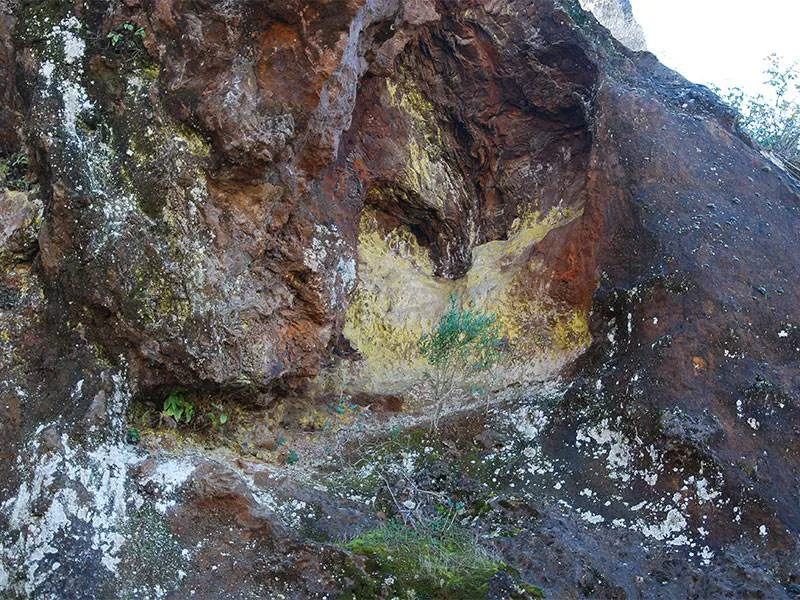

The Iron Age started in Spain about 600 BC. Iron is a far better metal from which to make tools and weapons than was its predecessor, bronze. The problem with producing iron from its ores is the high temperatures needed for the process. It was the Romans that cracked the procedure utilising an iron oxide ore called hematite. They even developed a type of forge called a bloomery, very similar to the 8th century AD Catalan forge, that enabled them to make steel.

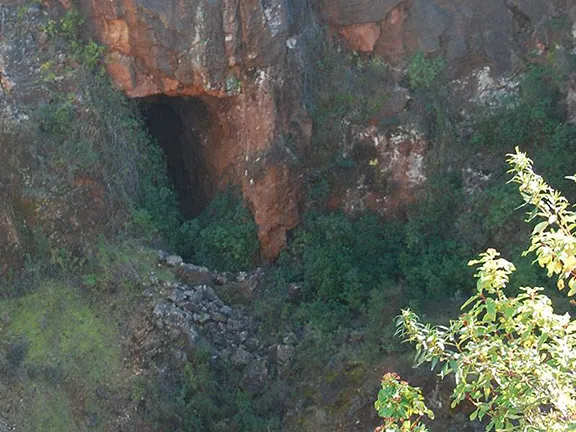
In the far north of Seville province, in the Sierra Norte de Sevilla, about 5 kilometres south of San Nicolas del Puerto is the now largely abandoned town, Cerro del Hierro alongside which is the open cast mine of the same name. Due to its altitude, 689 metres, it’s inland position, far removed from the warming effects of the sea, and the almost constant cold air that flows down of the Sierra, the town is decidedly chilly in winter and has earned the sobriquet ‘Siberia of Seville’.
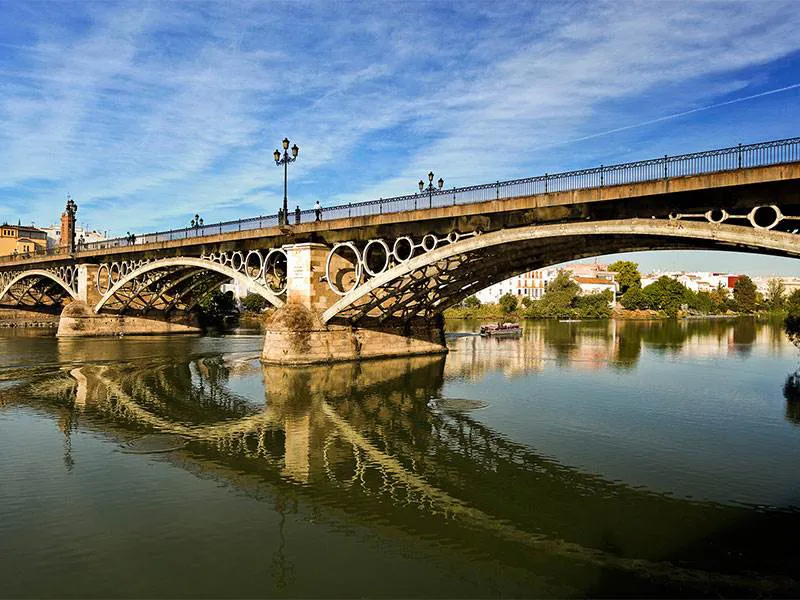
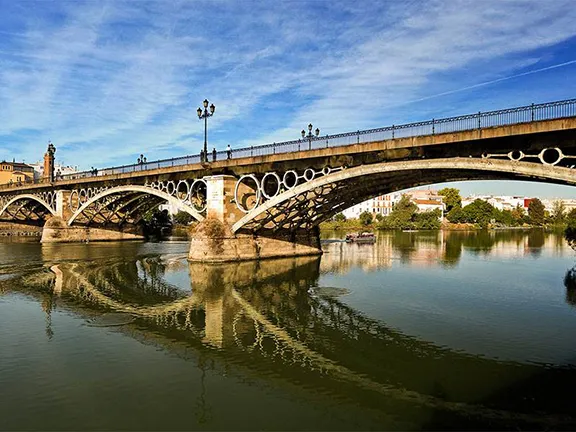
The predominant rock in the area is composed of the reefs and sponges that made up the ancient seabed in Pre Cambrian times. During the Cambrian period, starting some 550 million years ago, the calcium deposits were compressed into limestone with an abundance of iron minerals. The whole lot was uplifted as the African tectonic plate pushed up against the European plate and the exposed rock started to erode. The iron minerals were turned into oxides and hydroxides and washed down into the cavities. On the surface, the tops of these iron ore filled cavities were immediately apparent, being a rich rust colour against the white and grey of the surrounding limestone. They were certainly not missed by the prehistoric people that occupied the area when the Romans arrived.
Two millennia of mining the veins has left its mark on the landscape, vast, open pits between vertical buttresses of limestone. Mining only ceased in the mid 20th century. Iron ore from the mine was transported by train on a line that ran from the village to Seville. In Seville, the iron grills outside the Royal Tobacco Factory, now the University, were made from the iron extracted from Cerro del Hierro as was the Isabell II bridge, the Puente de Triana over the Guadalquivir.
In the early years of the 21st century, the Junta de Andalucia made the mine accessible to the public with tracks and bridges through the mining area. In some of the rock faces adjacent to the paths, you will see the occasional twinkle as the sun reflects off metallic crystals still embedded in the rock. Signs warn you that taking the crystals is not permitted. Other parts of the mine have been opened up for climbers; the limestone faces providing challenges for even the most experienced cragsman.
Apart from the mine, the Sierra Morena as a whole is one of the least exploited and remote areas in Andalucia. It is one of the last habitats of the Iberian lynx and home to wild boar, red deer, the Spanish Imperial Eagle and the Golden Eagle. It was only in 2019 that the Iberian wolf was declared extinct in the region. The towns and villages have been mostly untouched by tourism, although that is changing. Still, it is an opportunity to see a part of Andalucia that has remained unchanged for generations.